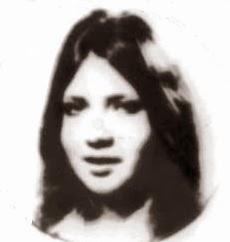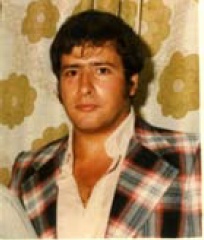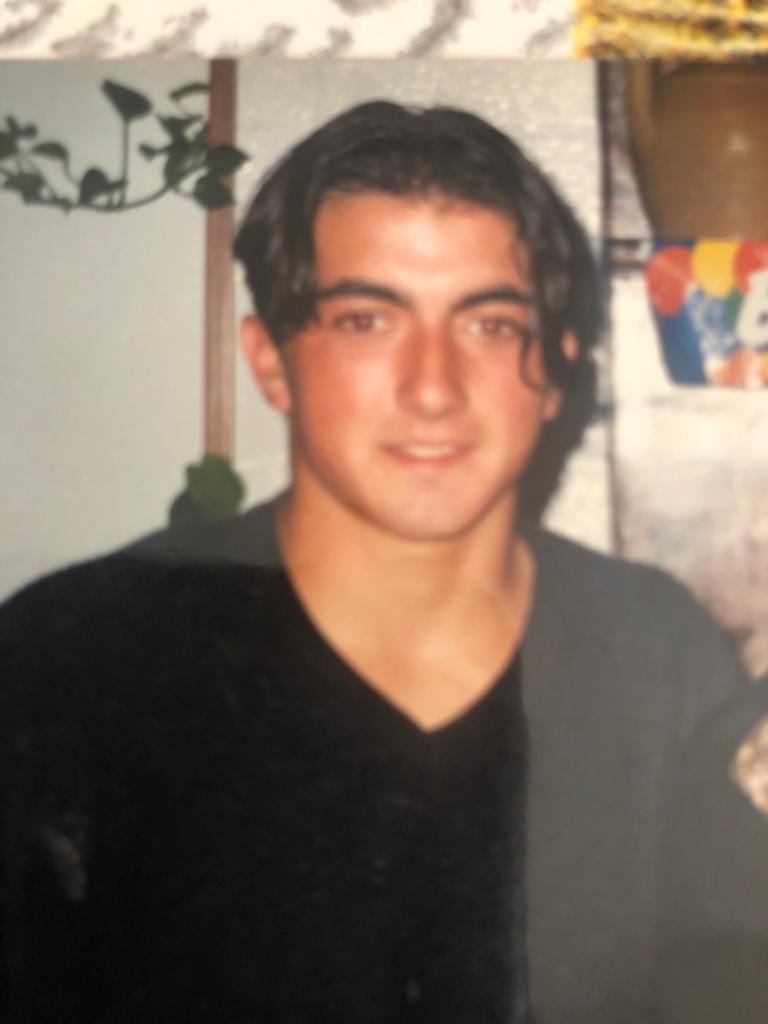The “Day of Remembrance and Commitment for the innocent victims of the Mafia” is celebrated in Italy every year on 21 March. This year, due to the global health crisis caused by the coronavirus (COVID-19) the commemoration is postponed until October. Nevertheless, the largest Italian anti-Mafia organisation Libera has launched a commemoration campaign on the social media in which numerous individuals and organisations nationwide have participated. All of us in mafianeindanke have joined the commemoration by sharing our photos with in it the names of the victims and flowers we dedicated to them.
But our commitment does not end there. We have reconstructed, deepened and disseminated the stories of the victims, sometimes unknown to most, to keep the memory of them alive. Here you can read the stories of Annalise Borth, Ciro Rossetti, Silvia Ruotolo and Luigi Fanelli.
But first we would like to tell you about the origin of the important initiative of March 21st.
On 23 May 1993 the first commemoration of the victims of the Capaci attack was held. A woman named Carmela, approached the prominent Mafia opponent, Don Luigi Ciotti, and said to him throuhg tears: “I am the mother of Antonio Montinaro, head of the escort service for Giovanni Falcone. Why do you never mention the name of my son? He died like the others.” Until that time, the police unit that provided Falcone with personal protection, which included Antonio and his colleagues Vito Schifani and Rocco Dicillo, was always superficially passed over as “the guys from police protection”. The initiative was thus born out of the pain of a mother who defended the right to have the memory of her son kept alive by mentioning his name.
Thus, the Day of Remembrance of the innocent victims of the Mafia was born with the idea and obligation to grant every victim the same right to be remembered.
The stories of the victims

Annalise Borth
Ferentino, 26 September 1970
Annalise Borth was an 18-year-old German girl, married to Gianni Aricò and pregnant. Originally from Hamburg, she experienced a troubled adolescence and moved to Italy when she was still very young.
“Muki” was her nickname and she was a member of the anarchist group “Anarchici della Baracca”. This group consisted of political activists from the Reggio Calabria area, whose name refers to an abandoned hut where the group had established its operational base. These were the years of the bombing of Piazza Fontana in Milan and the Reggio uprising, the resistance against the government’s decision to make Catanzaro, and not Reggio, the regional capital of Calabria.
On the evening of 26 September 1970, Annalise and Gianni Aricò were in their Mini Morris, together with three other friends: Franco Scordo, Luigi Lo Celso and Angelo Calise, all between 18 and 26 years old. They were on their way to Rome, where a demonstration was planned on the visit of the then US President Nixon. The young people wanted to hand over a dossier with explosive information to the lawyer Edoardo Di Giovanni in Rome. They had collected documents proving links between the ‘Ndrangheta and neo-fascist groups, especially in relation to the Reggio uprising and the attack on the “Freccia del Sud” train near Gioia Tauro.
At the height of Ferentino their car collided with a truck for the transport of canned tomatoes, the rear-end collision was probably provoked. All passengers died. Annalise was the last to die, after 21 days of fighting for her life in the hospital.
The documents transported in the car disappeared without a trace. The drivers of the truck, who survived the accident unharmed, were employees of a company that can be traced back to the “black prince” Junio Valerio Borghese.
It was not until more than 20 years later, in 1993, that there were new findings concerning the events of the Reggio Uprising and the bombing of the “Freccia del Sud” train, in which six people died and 54 were injured. The statements of some “pentiti” (penitent former mafia members) revealed that the ‘ndrangheta provided the explosives to the neo-fascist groups. In addition, a man who cooperated with the judiciary confessed to the cooperation between organised crime and terrorist, extreme right-wing groups in the case of the ‘Reggio Uprising’.
But for the “Anarchici della Baracca” there is no justice until today.

Ciro Rossetti
Naples, 11 October 1980
Ciro was a 31-year-old factory worker.
On 11 October 1980 he was at his mother’s house to watch the World Cup qualifying match Italy-Luxembourg with his wife and two children. Suddenly he heard shots in the street. He assumed that they were fireworks to celebrate Italy’s victory in the football match. Therefore, he went to the window immediately. From the window he saw a car from which a man fired four shots. One of those bullets killed him.
This man had nothing to do with organized crime and just wanted to shout out a shout of joy from his window.

Silvia Ruotolo
Naples, 11 June 1997
Silvia Ruotolo loved her city of Naples, she loved her neighbourhood Vomero and above all she loved her family. She was a cheerful and helpful woman with an unmistakable smile.
After completing her Master’s degree she met Lorenzo Clemente, whom she married. In 1987 she became pregnant and was expecting her first daughter, Alessandra, to whom she was a caring mother from then on. Five years later she carried another child in her womb: she was now trying to find a bigger house while waiting for little Francesco to arrive. So, she moved to the 9th floor of a house at Salita Arenella 13 / A, in a spacious apartment with a wonderful view of her city.
On 11 June 1997, at the age of 39, Silvia held her little son Francesco by the hand. Francesco was then 5 years old. She had just picked him up from the kindergarten and was walking towards the Salita Arenella, almost home. On the balcony ten-year-old Alessandra was waiting for her.
Suddenly two men got out of a car and started shooting wildly. Silvia was hit in the head by one of the 40 bullets and died. However, their target was not her, but two members of the Cimmino clan, Salvatore R., who was also killed, and Luigi F., who was injured together with a university student, Riccardo Valle.
The case was not closed until 2011: The Court of Appeal gave a life sentence to Mario C., the last of the defendants whose trial was still pending. Four other sentences also became final, including a life sentence for Vomero boss Giovanni A., the mastermind behind the cruel and violent action that led to Silvia’s tragic death.

Luigi Fanelli
Bari, 26 September 1997
Luigi Fanelli was a sincere and cheerful boy who aspired to a military career. He was recruited at the Briscese Barracks in Bari. When he was only 19 years, on a day off, he left the house at 9 pm and told his parents that he would return home late that evening. He met some friends in a public square. After a while he went with his friend Luca to the wine bar “Ridemus”. There he met his ex-girlfriend Fausta B.. After a heated argument Fausta left the bar.
Luigi spent some time at Ridemus, while Paolo M. and Francesco S., Fausta’s ex-boyfriend, were also there. Francesco and his friends later claimed that towards the end of the evening they saw Luigi leaving the restaurant and driving away on a black scooter accompanied by an unknown person.
From then on, all traces of the whereabouts of Luigi Fanelli are lost. He did not disappear voluntarily. The Bari prosecutor’s office assumes that Fausta resented the argument. She probably called two clan members of Cosola’s clan and asked them to give Luigi a “lesson”. The two went to the bar. There they could convince him to follow them. His body has not been found until today.
Paolo M., nephew of mob boss Antonio di C., decided to cooperate with the justice in October 2015. He confessed to killing Luigi Fanelli with a pistol. A murder for which Paolo M. never paid, since in this case he had already been acquitted.
© mafianeindanke, 29 March 2020
